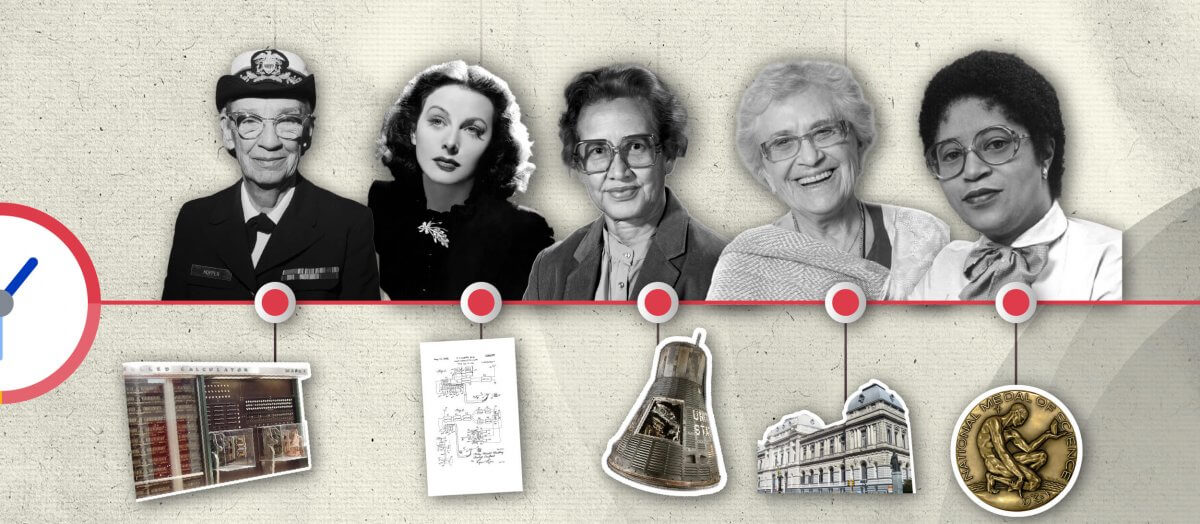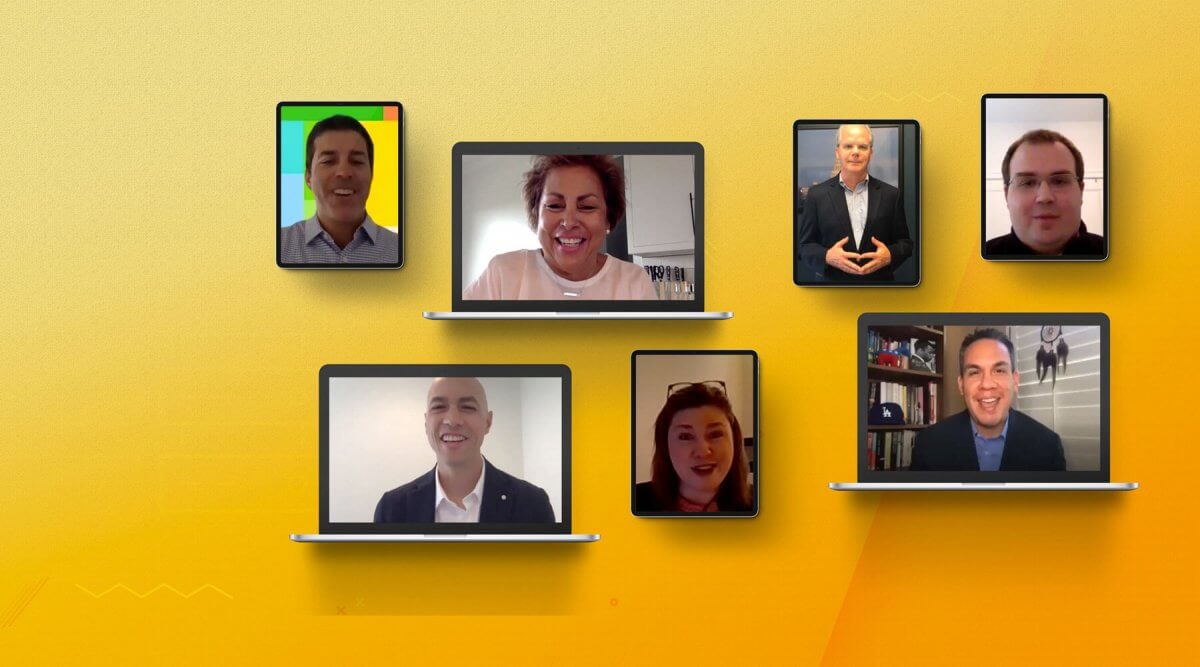
We’ll all remember 2016 for different (and numerous) reasons. While you reflect on all the ups, the downs, and the in-betweens, consider this: 2016 was the first year that streaming music overtook sales of individual songs or albums as the music industry’s dominant model, accounting for 51.3 percent of album consumption. That’s higher than physical or download listening combined.
A recent Billboard article sums up just how big of an impact streaming is having on growth in music:
“Streaming led the U.S. music industry to its first back-to-back yearly growth this millennium and in the first half of 2016 was the single highest source of revenue in the U.S. recorded-music industry, bringing in $1.61 billion. All three major labels – Universal, Sony and Warner – posted streaming-driven double-digit percent boosts in earnings throughout the year. And subscriber growth overall has consistently increased during the past few years; in 2016, Spotify and Apple Music together added more than 20 million subscribers, boosting their numbers to 40 million and 20 million, respectively.”
Much is made of the debate between traditional music rights holders and digital platforms. But this recent news confirms that success of traditional content and contemporary internet models are intertwined; content and platforms will need to work together to fuel growth for both creators and innovators.
Sound familiar? That’s also a theme that our forefathers saw in the overall copyright system (which includes rules about how music is owned, licensed, and played): copyright law is meant to foster the arts for the public good. That means that the rules of the road defined by policymakers need to recognize that efficient, fair laws will ultimately benefit all stakeholders.
Part of what made 2016 such a blockbuster year for music streaming was the amount of choice we now have when listening to and creating music. At the touch of your fingertips, you can find and listen to music across genres and decades. There’s a more accessible and diverse musical culture than ever before. On the creator side, artists both famous and independent can easily reach global audiences thanks to lowered barriers to entry and growing participation in creative industries.
There’s no question that streaming services’ momentum in 2016 will carry into the future and continue to drive growth in music. Lawmakers on the Hill and in the administration should embrace the chance to make 2017, 2018, and beyond a record years as well. By ensuring more efficient legal structures, compulsory licenses, oversight of competitive rules like consent decrees, and pushing for transparency in ownership data, policymakers can embrace modern technology and consumer choices while building economic opportunities and jobs.










